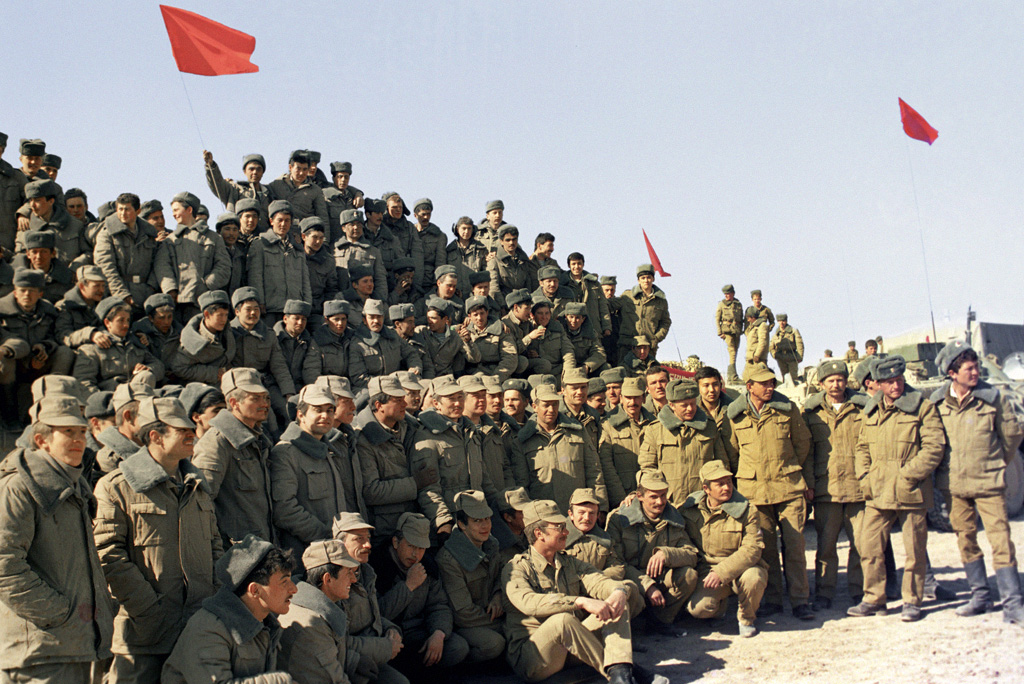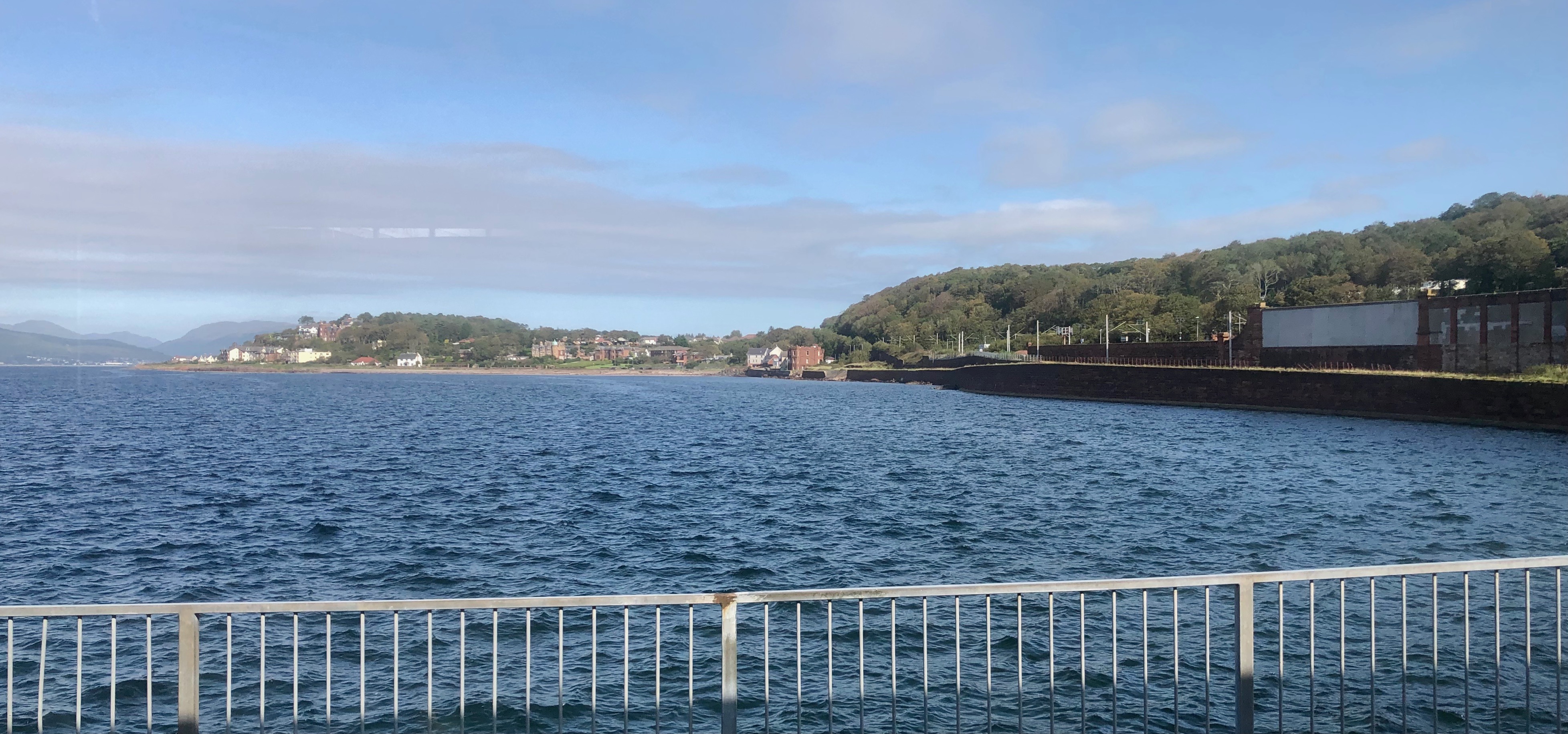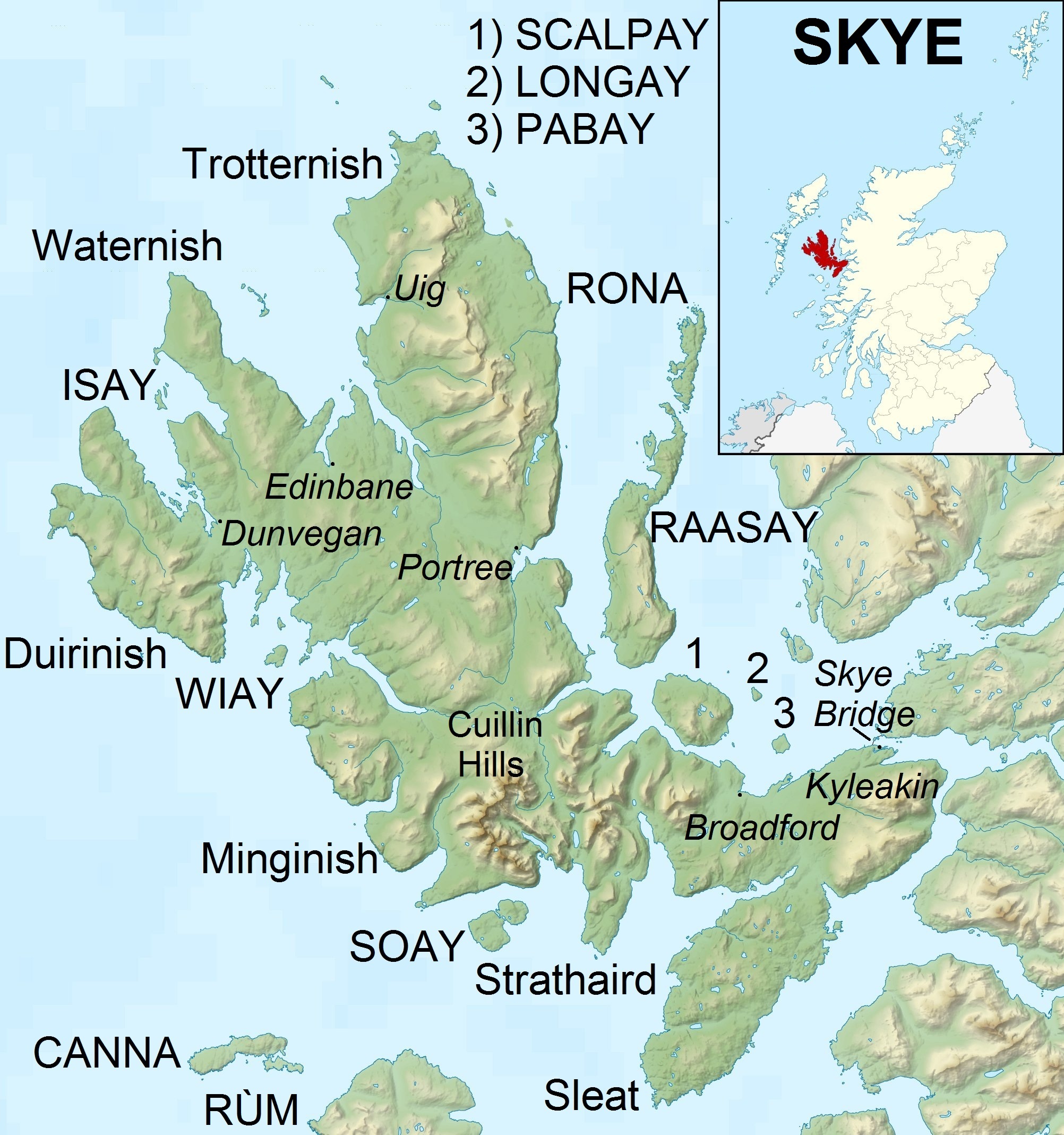|
MV Lord Of The Isles
} MV ''Lord of the Isles'' is one of the larger Caledonian MacBrayne vessels and operates from Mallaig on the west of Scotland. Built in Port Glasgow, she is the most-travelled vessel in the CalMac fleet. History MV ''Lord of the Isles'', affectionately known as LOTI, was launched on 7 March 1989 at Ferguson Shipbuilders, Port Glasgow. Although based in Oban and Mallaig, she is able to berth and load traffic all over the Clyde and Hebridean Isles network. Layout At long, MV ''Lord of the Isles'' is one of the largest ships in the fleet, with an appearance broadly similar to at the forward end and an aft end that resembles . The car deck, open at the stern, is capable of holding up to 56 cars and she has a vehicle hoist to allow loading at the older piers. The passenger accommodation provides space for a maximum certificate complement of 506. It consists of lounges, a cafeteria, a bar and a shop on one deck, with an aft observation lounge on the deck above. She is the la ... [...More Info...] [...Related Items...] OR: [Wikipedia] [Google] [Baidu] |
Caledonian MacBrayne Fleet
The Caledonian MacBrayne fleet is the largest fleet of car and passenger ferries in the United Kingdom, with 34 ferries in operation, 2 on charter and another 6 on order. The company provides lifeline services to 23 islands off the west coast of Scotland, as well as operating routes in the Firth of Clyde. Caledonian MacBrayne (CalMac) vessels can be readily identified by their black hulls and white superstructures. They have red funnels with black caps that display the Lion Rampant badge with masts in buff. The fleet can be categorised into various groups. Vessels are owned by the asset holding company Caledonian Maritime Assets Limited, which is in turn wholly owned by the Scottish Government. Groups of vessels Major units There are presently ten vessels over in length in the CalMac fleet: , , , , , , , , , and . These vessels usually operate on the longer crossings, with high passenger numbers. , at in length the largest vessel in the fleet, operates on the Ullapool ... [...More Info...] [...Related Items...] OR: [Wikipedia] [Google] [Baidu] |
United Kingdom
The United Kingdom of Great Britain and Northern Ireland, commonly known as the United Kingdom (UK) or Britain, is a country in Europe, off the north-western coast of the European mainland, continental mainland. It comprises England, Scotland, Wales and Northern Ireland. The United Kingdom includes the island of Great Britain, the north-eastern part of the island of Ireland, and many List of islands of the United Kingdom, smaller islands within the British Isles. Northern Ireland shares Republic of Ireland–United Kingdom border, a land border with the Republic of Ireland; otherwise, the United Kingdom is surrounded by the Atlantic Ocean, the North Sea, the English Channel, the Celtic Sea and the Irish Sea. The total area of the United Kingdom is , with an estimated 2020 population of more than 67 million people. The United Kingdom has evolved from a series of annexations, unions and separations of constituent countries over several hundred years. The Treaty of Union between ... [...More Info...] [...Related Items...] OR: [Wikipedia] [Google] [Baidu] |
Tiree
Tiree (; gd, Tiriodh, ) is the most westerly island in the Inner Hebrides of Scotland. The low-lying island, southwest of Coll, has an area of and a population of around 650. The land is highly fertile, and crofting, alongside tourism, and fishing are the main sources of employment for the islanders. Tiree, along with Colonsay, enjoys a relatively high number of total hours of sunshine during the late spring and early summer compared to the average for the United Kingdom. Tiree is a popular windsurfing venue; it is sometimes referred to as "Hawaii of the north". In most years, the Tiree World Classic surfing event is held here. People native to the island are known as Tirisdich. History Tiree is known for the 1st-century-AD broch, for the prehistoric carved Ringing Stone and for the birds of the headland. , abbot of Iona Abbey 679–704, recorded several stories relating to St Columba and the island of Tiree. In one story, Columba warned a monk called Berach n ... [...More Info...] [...Related Items...] OR: [Wikipedia] [Google] [Baidu] |
1989 Ships
File:1989 Events Collage.png, From left, clockwise: The Cypress structure collapses as a result of the 1989 Loma Prieta earthquake, killing motorists below; The proposal document for the World Wide Web is submitted; The Exxon Valdez oil tanker runs aground in Prince William Sound, Alaska, causing a large oil spill; The Fall of the Berlin Wall begins the downfall of Communism in Eastern Europe, and heralds German reunification; The United States invades Panama to depose Manuel Noriega; The Singing Revolution led to the independence of the Baltic states of Estonia, Latvia, and Lithuania from the Soviet Union; The stands of Hillsborough Stadium in Sheffield, Yorkshire, where the Hillsborough disaster occurred; Students demonstrate in Tiananmen Square, Beijing; many are killed by forces of the Chinese Communist Party., 300x300px, thumb rect 0 0 200 200 1989 Loma Prieta earthquake rect 200 0 400 200 World Wide Web rect 400 0 600 200 Exxon Valdez oil spill rect 0 200 30 ... [...More Info...] [...Related Items...] OR: [Wikipedia] [Google] [Baidu] |
The Scotsman
''The Scotsman'' is a Scottish compact newspaper and daily news website headquartered in Edinburgh. First established as a radical political paper in 1817, it began daily publication in 1855 and remained a broadsheet until August 2004. Its parent company, JPIMedia, also publishes the '' Edinburgh Evening News''. It had an audited print circulation of 16,349 for July to December 2018. Its website, Scotsman.com, had an average of 138,000 unique visitors a day as of 2017. The title celebrated its bicentenary on 25 January 2017. History ''The Scotsman'' was launched in 1817 as a liberal weekly newspaper by lawyer William Ritchie and customs official Charles Maclaren in response to the "unblushing subservience" of competing newspapers to the Edinburgh establishment. The paper was pledged to "impartiality, firmness and independence". After the abolition of newspaper stamp tax in Scotland in 1855, ''The Scotsman'' was relaunched as a daily newspaper priced at 1d and a circu ... [...More Info...] [...Related Items...] OR: [Wikipedia] [Google] [Baidu] |
Armadale, Skye
Armadale ( gd, Armadal) is a village near the southern end of the Sleat peninsula on the Isle of Skye, in the Highland council area of Scotland. Like most of Sleat, but unlike most of Skye, the area is fairly fertile, and though there are hills, most do not reach a great height. It looks out over the Sound of Sleat, to Morar and Mallaig. The name ’Armadale’, meaning ‘elongated valley’, derives from the Old Norse ''armr'' and ''dalr''. Clan Donald has a visitor centre situated next to the ruins of Armadale Castle Armadale Castle is a ruined country house in Armadale, Skye, former home of the MacDonalds. A mansion house was first built here around 1790, facing south-east over the Sound of Sleat. In 1815 a square Tudor-Gothic mock-castle, intended for show ... and surrounded by large gardens, while the nearby Sabhal Mòr Ostaig is a centre of Gaelic learning. The village is also a small port, and has a regular Caledonian MacBrayne ferry service to Mallaig. It i ... [...More Info...] [...Related Items...] OR: [Wikipedia] [Google] [Baidu] |
Brodick
Brodick ( , gd, Tràigh a' Chaisteil ("Castle Beach") or ''Breadhaig'') is the main village on the Isle of Arran, in the Firth of Clyde, Scotland. It is halfway along the east coast of the island, in Brodick Bay below Goat Fell, the tallest mountain on Arran. The name is derived from the Old Norse language, Norse "breda-vick" meaning "Broad Bay". The harbour receives the main ferry between Arran and the mainland via Ardrossan. Brodick Castle is a former residence of the Duke of Hamilton, Dukes of Hamilton. Brodick is one of the largest villages on the island and is seen as the main hub due to the ferry terminal which connects the island to the mainland. It is host to many homes, hotels and shops, the health centre, nursing home, heritage museum, tourist information centre, Brodick Castle, public beach, park and an 18-hole golf course. Transport Brodick has Arran's main ferry terminus, which occasionally connects Brodick to Ardrossan on the mainland and to the national rail ... [...More Info...] [...Related Items...] OR: [Wikipedia] [Google] [Baidu] |
Wemyss Bay
Wemyss Bay (; ) is a town on the coast of the Firth of Clyde in Inverclyde in the west central Lowlands of Scotland. It is in the traditional county of Renfrewshire. It is adjacent to Skelmorlie, North Ayrshire. The town and villages have always been in separate counties, divided by the Kelly Burn. Wemyss Bay is the port for ferries on the Sea Road to Rothesay on the Isle of Bute. Passengers from the island can connect to Glasgow by trains, which terminate in the town at the remarkable Wemyss Bay railway station, noted for its architectural qualities and regarded as one of Scotland's finest railway buildings. The port is very exposed, so in high winds the ferries must travel up river to Gourock to dock. Topography Etymology The name Kelly comes from Celtic languages, with the meaning of a wood or woodland. Similarly, Kelburn refers to a wooded river. The name Wemyss is derived from the Scottish Gaelic ''uaimh'' which means ''cave''.Way, George and Squire, Romily. ''Colli ... [...More Info...] [...Related Items...] OR: [Wikipedia] [Google] [Baidu] |
Skye
The Isle of Skye, or simply Skye (; gd, An t-Eilean Sgitheanach or ; sco, Isle o Skye), is the largest and northernmost of the major islands in the Inner Hebrides of Scotland. The island's peninsulas radiate from a mountainous hub dominated by the Cuillin, the rocky slopes of which provide some of the most dramatic mountain scenery in the country. Slesser (1981) p. 19. Although has been suggested to describe a winged shape, no definitive agreement exists as to the name's origins. The island has been occupied since the Mesolithic period, and over its history has been occupied at various times by Celtic tribes including the Picts and the Gaels, Scandinavian Vikings, and most notably the powerful integrated Norse-Gaels clans of MacLeod and MacDonald. The island was considered to be under Norwegian suzerainty until the 1266 Treaty of Perth, which transferred control over to Scotland. The 18th-century Jacobite risings led to the breaking-up of the clan system and later c ... [...More Info...] [...Related Items...] OR: [Wikipedia] [Google] [Baidu] |
Ardrossan
Ardrossan (; ) is a town on the North Ayrshire coast in southwestern Scotland. The town has a population of 10,670 and forms part of a conurbation with Saltcoats and Stevenston known as the ' Three Towns'. Ardrossan is located on the east shore of the Firth of Clyde. History Ardrossan's roots can be traced to the construction of its castle 'Cannon Hill', thought to be in around 1140, by Simon de Morville. The castle and estate passed to the Barclay family (also known as Craig) and through successive heirs until the 14th century when it passed to the Eglinton family on the death of Godfrey Barclay de Ardrossan, who died without an heir. Sir Fergus Barclay, Baron of Ardrossan, was said to be in league with the Devil and in one of his dealings, set the task for the Devil to make ropes from sand; on failing to do so, the Devil kicked the castle with his hoof in frustration and left a petrosomatoglyph hoofprint.Ardrossan & Neighbourhood. Guide. 1920s. pp. 29–30. The castle s ... [...More Info...] [...Related Items...] OR: [Wikipedia] [Google] [Baidu] |
Uig, Snizort
Uig ( gd, Ùige ) is a village at the head of Uig Bay on the west coast of the Trotternish peninsula on the Isle of Skye, Scotland. In 2011 it had a population of 423. Name The name is thought to be derived from Old Norse '' vík'', which means bay or inlet. Borrowed via Germanic intermediary ('harbour town') from Latin (, 'village'), Uig shares etymological roots with placenames such as Wick, Highland; Vik, Sogn og Fjordane, Norway; Vík í Mýrdal, Iceland; the suffix ''-wich'', and the word ''village'' itself. Geography Uig is situated partly on the raised beach around the head of the bay and partly on the steep slopes behind it. Two watercourses enter the bay at Uig: the River Rha from the north and the River Conon which drains Glen Uig to the east. The lower courses of both of these small rivers are characterised by waterfalls. Uig Tower is a prominent local landmark associated with the Highland Clearances. Uigg, Prince Edward Island, Canada was named by settl ... [...More Info...] [...Related Items...] OR: [Wikipedia] [Google] [Baidu] |
Craignure
Craignure (; gd, Creag an Iubhair) is a village and the main ferry port on the Isle of Mull, Argyll and Bute, Scotland. The village is within the parish of Torosay. Geography The village is located around Craignure Bay, on Mull's east coast. It has a population of roughly 200 people. Close to the village are two castles: Torosay and Duart. Transport Ferry A regular ferry service connects Craignure with mainland Scotland via the Sound of Mull. The original pier, on the south side of the bay, was built in 1894. The present pier, on the west side of the bay, was built in 1964. Ferries run every two hours (3 to 5 times per day during the winter, & up to 10 times per day during the summer) between Craignure and Oban (on the mainland) by CalMac. Road Craignure is situated on the A849, an indirect route between Salen and Fionnphort. The village is served by buses to Fionnphort and Tobermory. Railway Craignure railway station was on the now closed narrow gauge Isle ... [...More Info...] [...Related Items...] OR: [Wikipedia] [Google] [Baidu] |








.jpg)
